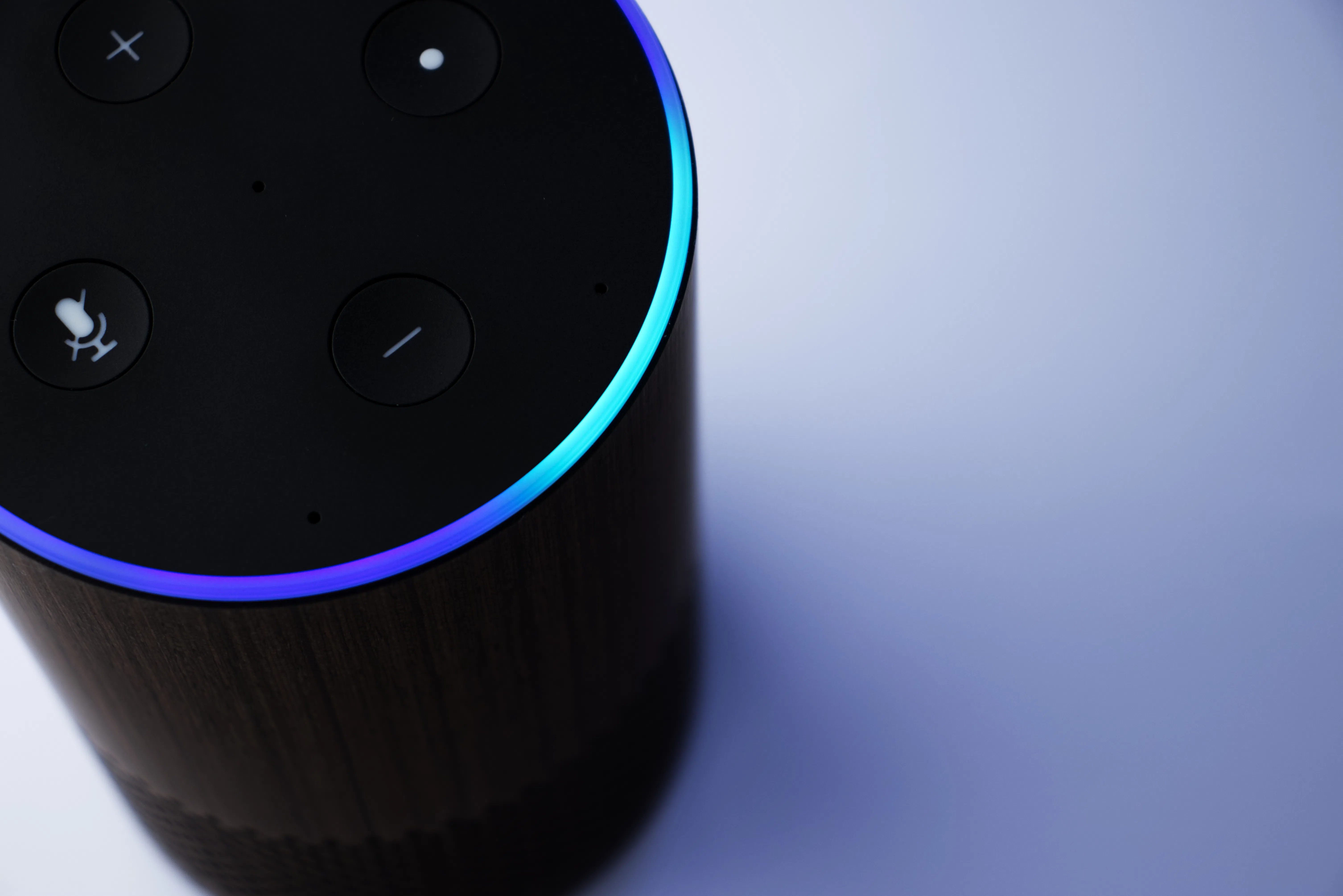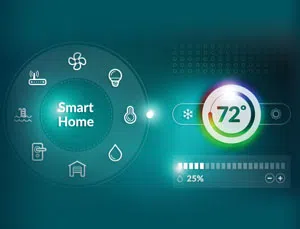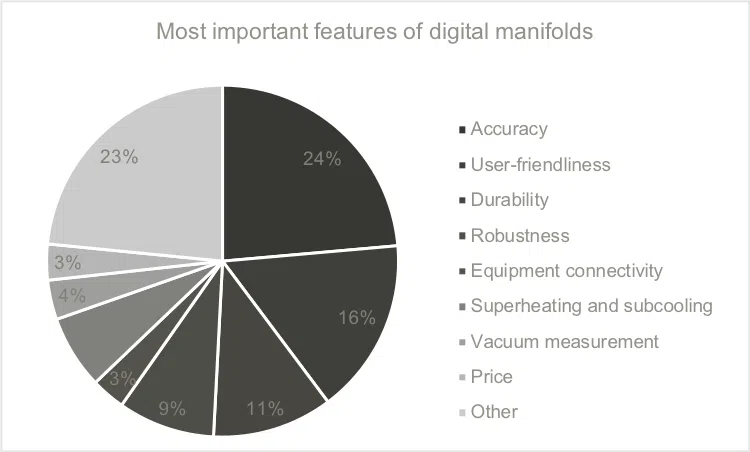It’s no longer business as usual in the world of HVACR. New technologies are turning the industry on its head by making the training, manufacturing and installing processes more efficient.
Many instruments in the trade are getting a facelift, new applications are being introduced and other key operations are utilizing digital tools and Internet connectivity. The impact of modern technologies on the HVACR industry seemingly has no end in sight.
Here are four of these new technologies and how they are driving efficiency for users and service technicians alike.
3D Printing
The evolution of 3D printing started as a marathon in the 1980s and evolved into a sprint around 2013, when the technology became more accessible and affordable. Today, the speed and versatility of 3D printing means it’s creating everything from bespoke medical devices to specialized prototypes and parts for HVACR units — and even the units themselves.
In the HVACR industry, 3D printing is used to create missing or custom pieces with precision; these 3D printed custom pieces are also more efficient and durable than their traditional counterparts. That’s because they are created with a layering process that leaves no seams —and thus offers better resistance.
While 3D technology makes it easier to replace a single part, it could also reinvent how manufacturers construct entire HVACR units. For instance, 3D printing may provide a solution for a customer who needs a customized unit installed in a particularly awkward spot.
Virtual Reality
Virtual reality is a favorite simulation method used in the video game industry, but this technology has additional, more practical uses. Companies in various industries are using VR to help with employee training, virtual tours, live streaming events and other real-world applications.
In the HVACR industry, VR could help clients visualize the blueprints of a room or building for better spatial recognition. It could even be used to view the inner workings of a machine so technicians could see how to best service and repair a unit. VR could even be used to show potential clients a virtual representation of their proposed HVACR system, offering customers newfound transparency into the construction of their system.
VR also aids in the training of employees, allowing new hires and seasoned veterans alike to try their hand at servicing or repairing HVACR units and other equipment in a risk-free environment.
Smart Thermostats
Digital thermostats offer many advantages over traditional models, including accessibility and ease of use, with most smart thermostats being controlled from a smartphone or tablet. Smart thermostat technology gives users the ability to remotely manage the temperature in their home to help them save money on energy costs.
Beyond their usability, smart thermostats have helped to revolutionize HVACR systems. With smart thermostats, HVACR units are now more energy efficient, customizable and compatible with smart home technologies.
Internet of Things
From cars to refrigerators, universal wireless connectivity (called the Internet of Things or IoT) is changing how devices work and interact with one another.
Smart thermostats are only one example of the HVACR industry ties to the IoT. For example, a Wi-Fi connected HVACR system could use preventative diagnostics to detect potential errors instead of relying on user recognition or a system malfunction. Upon detection (and with help from IoT-connected devices), the system could send a service notification to the owner or repair team. It could also take measures to remedy any further damage.
Internet-enabled HVACR units (with the help of smart thermostats) are also more capable of detecting changes in their environment and making automatic adjustments to keep a room or space comfortable.




